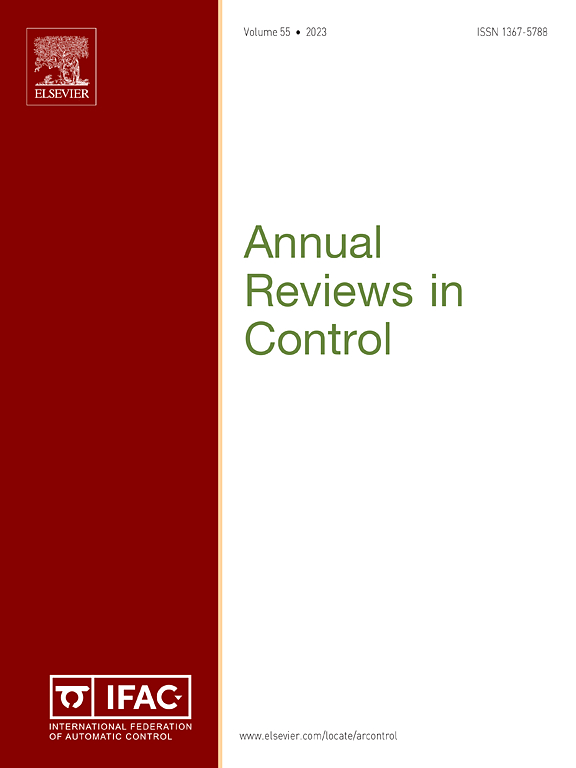用分数模型模拟肺部的生物热传递
IF 10.7
2区 计算机科学
Q1 AUTOMATION & CONTROL SYSTEMS
引用次数: 0
摘要
在心脏手术中,当采用体外循环(ECC)或体外循环(CPB)时,肺部暂时与身体断开。为了尽量减少组织损伤或呼吸系统并发症的风险,对肺部进行轻度低温治疗。结合动态传热模型提供了通过更先进的方法来提高温度调节的潜力。基于热双端口网络的复杂热模型提供了广泛的频率范围适用性,使其适合于模拟人类呼吸频率。这种建模方法也可以适应血液流动的影响,血液流动是人体的自然温度调节器。这是通过结合热双端口网络和生物热方程来实现的。主要的贡献集中在引入独特的和简化的近似模型的等效全球热传递在肺内的阻抗。这些模型具有最小的参数,在频域中表现出可比的动态特征,类似于双端口网络模型的属性。这一进展为在各个领域进行更广泛的利用扫清了道路。本文章由计算机程序翻译,如有差异,请以英文原文为准。
Modeling of bio-heat transfers in lungs with fractional models
In cardiac surgeries, when cardiopulmonary bypass (CPB) (or extracorporeal circulation (ECC)) is employed, the lungs are temporarily disconnected from the body. To minimize the risk of tissue damage or respiratory complications, the lungs are subjected to mild hypothermia. Incorporating dynamic heat transfer modeling offers the potential to enhance temperature regulation through a more advanced approach.
A complex thermal model, based on a thermal two-port network, offers a wide frequency range applicability, making it suitable for modeling the human breathing frequencies. This modeling approach can also be adapted to incorporate the influence of blood flow, which serves as a natural temperature regulator in the human body. This is accomplished by combining the thermal two-port network with the bio-heat equation.
The main contributions focus on introducing distinctive and simplified approximation models for the equivalent global impedance of thermal transfer within the lungs. These models, featuring minimal parameters, manifest comparable dynamic traits in the frequency domain, akin to the attributes of the two-port network model. This progress clears the way for broader utilization across various domains.
求助全文
通过发布文献求助,成功后即可免费获取论文全文。
去求助
来源期刊

Annual Reviews in Control
工程技术-自动化与控制系统
CiteScore
19.00
自引率
2.10%
发文量
53
审稿时长
36 days
期刊介绍:
The field of Control is changing very fast now with technology-driven “societal grand challenges” and with the deployment of new digital technologies. The aim of Annual Reviews in Control is to provide comprehensive and visionary views of the field of Control, by publishing the following types of review articles:
Survey Article: Review papers on main methodologies or technical advances adding considerable technical value to the state of the art. Note that papers which purely rely on mechanistic searches and lack comprehensive analysis providing a clear contribution to the field will be rejected.
Vision Article: Cutting-edge and emerging topics with visionary perspective on the future of the field or how it will bridge multiple disciplines, and
Tutorial research Article: Fundamental guides for future studies.
 求助内容:
求助内容: 应助结果提醒方式:
应助结果提醒方式:


